フリースタイルスキーにおいては、サイズが非常に重要です。適切な長さはスピンを滑らかにし、トリックをよりクリーンに、着地をよりコントロールしやすくします。長いスキー(160~180cm)は安定性とスピードを提供しますが、短いスキー(38~120cm)はフリースタイルにおいてゲームチェンジャーです。なぜなら、軽くて反応が良く、特にスピン、レールトリック、そしてタイトなパークの特徴での操作が簡単だからです。
ここでのポイントは次の通りです:
- 短いスキー:トリック、レールワーク、そして素早いターンに最適。初心者やパークライダーにもぴったりです。
- 長いスキー:スピード、POWDER、そして大きなジャンプでの安定性に優れています。
身長、体重、スキルレベル、ライディングスタイルはすべて理想的なスキーの長さに影響します。例えば:
- 身長5フィート10インチの初心者はコントロールのために短めのスキーを好むかもしれません。
- 身長6フィート2インチのプロは安定性のために長めのスキーが必要かもしれません。
RossignolやK2のようなブランドは長めのスキーに注力していますが、Snowfeetは通常の冬用ブーツに対応したコンパクトなオプション(150ドルから)を提供しています。パークでの機敏さや多様な地形での汎用性を求めるなら、あなたに合ったスキーの長さがあります。
子供用スキーの選び方とサイズ
スキーの長さがフリースタイルのパフォーマンスに与える影響
スキーの長さはゲレンデでのパフォーマンスに大きな影響を与えます。1インチの違いが動き方、ターン、トリックの決め方を変えます。これらの違いを知ることで、フリースタイルの目標に合ったギアを選べます。
コントロールと操作性
短いスキーは素早い反応がすべてです。ほぼ瞬時に反応し、長いスキーのように操作に多くの力を必要としません。これが短いスキーをレールや空中でのトリックに最適なものにしています。例えばSnowfeet*の99cm Skibladeは、わずかな体重移動にも反応します。これをRossignolやK2のようなブランドの170cmの伝統的なフリースタイルスキーと比べると、ターンを始めるのにより多くの力が必要です。
この高速な反応はスピンや高度な操作トリックにおいてゲームチェンジャーです。ある専門家はこう言います:
"短いスキーは…空中トリック、レールでのスピン、高度な操作技に適しています。"
- A_Kite
その科学的根拠はこうです:短いスキーは回転に対する抵抗が少ないのです。つまり、スピンを始めたり止めたりするのに必要なエネルギーが少なくて済みます。540度のスピンを決めるとき、抵抗が少しでも減ることは大きな違いを生みます。Snowfeet* Short Skisは65cmから120cmの範囲で、伝統的なスキーのコントロール性と小型デザインの機敏さを兼ね備えています。比較すると、SalomonやAtomicのようなブランドの伝統的なフリースタイルスキーは通常165~175cmで、テレインパークやモーグルのような狭い場所での扱いやすさは同じではありません。Snowfeet*のデザインは抵抗を最小限に抑え、スピンをより速く滑らかにします。
この機敏さは、難しい地形でもより良い安定性と柔軟性につながります。
安定性と柔軟性
短いスキーの安定性に不安がある場合でも、Snowfeet*のような最新デザインはheadと正面から取り組んでいます。安定性は長さだけでなく、スキーの作り方にも大きく依存します。
例えば、99cmのSnowfeet* Skibladesはコンパクトなサイズながら驚くべき安定性を提供します。これらはフリースタイルスキー専用に設計されており、高度な構造技術と特別なフレックスパターンを採用しています。安定性を長さに頼る従来のスキーとは異なり、これらの短いスキーは着地や高速の動作中もコントロールを保ちます。
短いスキーの柔軟性は、異なるフリースタイル要素を切り替える際に際立ちます。ジャンプ、レールスライド、ハーフパイプの壁など、短いスキーは素早く適応します。120cmのSnowfeet* Short Skiは整地されたコース、POWDER、そしてテレインパークで優れたパフォーマンスを発揮します。これは、より長く専門的なスキーが苦戦することもある領域です。
とはいえ、短いスキーにも限界はあります:
"短いスキーは…スピードが出にくく、POWDERでの浮力も劣る。"
- A_Kite
しかし、フリースタイルスキーヤーにとっては、安定性と柔軟性のバランスが幅広いトリックや地形に対応できる堅実な選択肢となります。
なぜ短いスキーがトリックに向いているのか
フリースタイルスキーにおいて、短いスキーはトリックで真価を発揮します。例えば回転動作はスキーの長さが短いほど簡単です。短いスキーは空気抵抗が少なく、回転に必要な力も減ります。
"短いスキーは…回転やコントロールがしやすい。"
- A_Kite
この利点は単に回転だけにとどまりません。エアリアルトリックでは素早い調整と正確な体のポジショニングが求められます。長いスキーは重心を乱し、着地の確認を難しくします。一方、短いスキーは技術が完璧でなくても許容性が高いです。初心者や新しいトリックを学んでいる人には、99cmのSnowfeet* Skibladesのようなものがエラーの余地を広げ、自信を高めることができます。
短いスキーはレールワークやジビングにも優れています。長さが短いため、レールからはみ出すスキーが少なく、エッジを引っかけるリスクが減ります。対照的に、VolklやHeadのようなブランドの伝統的な170cmのスキーは、テクニカルな動作中にバランスを崩す原因となる余分なレバレッジを生み出すことがあります。
フリースタイルスキーでは、短いスキーがコントロール性、機敏さ、そして許容性の絶妙なバランスをもたらし、他に類を見ない利点があります。
フリースタイルスキーを選ぶ際に考慮すべきこと
フリースタイルスキーを選ぶ際、単にサイズチャートに従うだけではなく、自分の体型、スキルレベル、そして好きな地形にぴったり合うものを見つけることが重要です。従来のチャートではあごから鼻の間くらいの長さのスキーを推奨しますが、フリースタイルスキーでは、より短くコンパクトなスキーの方がコントロール性と機敏さに優れ、メリットが大きいことが多いです。
身長と体重
身長と体重はスキーのパフォーマンスに影響しますが、予想とは少し違うかもしれません。多くのブランドは背が高いまたは体重が重いスキーヤーに長いスキーを推奨しますが、Snowfeet* のような現代的なデザインは、強化コアや洗練されたフレックスパターンなどの高度な構造技術を使い、体重を均等に分散させます。これにより、長さを増やさずに安定性が向上します。さらに、短いデザインは着地時にバランスを崩した場合のレバレッジを減らし、命綱となることもあります。
スキルレベル
短いスキーはあらゆるレベルのスキーヤーにとってゲームチェンジャーです。フリースタイルスキーが初めての方には、コンパクトなスキーが操作しやすく、ターンをつなげたりミスからリカバーしたりするのを助けます。一方で、長いスキーは扱いにくくエッジを引っかける可能性が高まり、初心者には不向きです。
中級者や上級者にとって、短いスキーはさらに多くのメリットをもたらします。回転慣性が減ることで、スピン、レールスライド、ボックスの動きが学びやすく実行しやすくなります。多くの熟練スキーヤーは、長めの伝統的なスキーと短いSnowfeet*モデルを両方持ち、その日の目標やコンディションに応じて使い分けています。
地形とライディングスタイル
フリースタイルスキーはさまざまな環境を横断しますが、適切なスキーがすべての違いを生みます。Snowfeet* のような短いスキーは、素早く正確な動きが鍵となるテレインパークで輝きます。レールガーデンやジブパークを攻めるなら、コンパクトなスキーはこれらのフィーチャーが要求するタイトなセットアップと速いトランジションに最適です。
ハーフパイプやスーパーパイプのセッションには、120cmのSnowfeet* Short Skisのようなモデルが滑らかな回転と優れた空中コントロールを提供し、トランジションをよりクリーンにしエッジキャッチを減らします。また、オールマウンテンフリースタイルにも適しており、パークのフィーチャーから整備されたトレイル、さらには軽いPOWDERまで対応可能です。狭いツリーラン?モーグル?これらのスキーは鋭いターンを楽にし、脚への負担を軽減します。
地元のコンディションも重要です。氷結した硬い斜面を滑る場合、短いスキーの素早いエッジのかかりは大きな利点になります。一方で、西海岸やより多様な地形の地域で滑るなら、120cmモデルの多用途性が理想的です。純粋なパークライダーには、99cmのSnowfeet* Skibladesのような超機動性の短いオプションがぴったりかもしれません。
要するに、フリースタイルスキーの選択はあなたのスタイル、スキル、そして挑む地形を反映すべきです。Snowfeet* は次の冒険にぴったりのフィットを見つけるための多くのオプションを提供しています。
Snowfeet* Short Skis と従来のスキーおよびスノーボードの比較
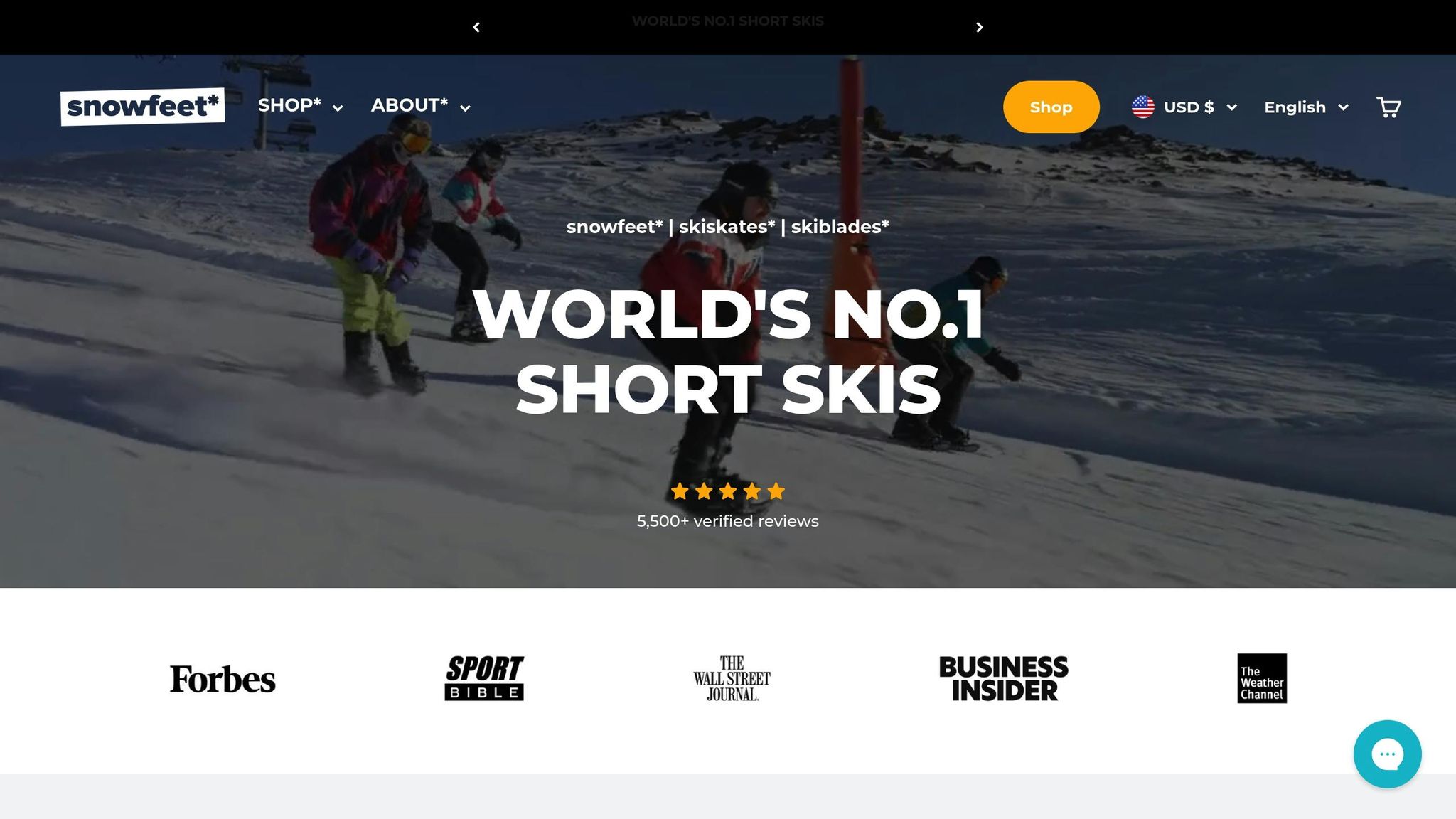
Snowfeet*はコンパクトで軽量なデザインでフリースタイルのスノーギアに新しいアプローチをもたらし、従来のスキーやスノーボードのかさばるイメージとは対照的です。これらの小型モデルは携帯性、使いやすさ、そして多用途性の新たな可能性を開きます。
携帯性と利便性
正直なところ、従来のスキーやスノーボードを持ち運ぶのは面倒です。特に都市部に住んでいたり、収納スペースが限られている場合はなおさらです。Snowfeet*製品はコンパクトなデザインでこの問題を解決します。持ち運びや収納、輸送が簡単で、狭い都市環境でも扱いやすいです。さらに、多くのモデルは通常の冬用ブーツで使えるため、かさばる専用シューズを持ち歩く必要がありません。次のスロープ旅行の荷物が一つ減ります。
学習曲線とアクセスのしやすさ
従来のスノーギアは初心者には敷居が高いことがあります。長い長さや技術的な複雑さが学習曲線を急にします。Snowfeet*はより初心者に優しい選択肢を提供し、短くシンプルなデザインで習得が容易になり、新しいライダーが自信を早く築けるようにします。このシンプルさが学習のハードルを下げ、最初から楽しみながら自分のスタイルを試すことに集中できます。
柔軟性と楽しさの要素
従来のスキーやスノーボードは特定の条件に合わせて作られることが多いですが、Snowfeet*ギアは多用途性を重視しています。例えば99 cm Skibladesは、整備されたコース、テレインパーク、ハイキングトレイル、さらには自宅の裏庭でも楽しめます。遊び心あふれるデザインで、素早いターンや即興の滑走が可能で、あらゆる経験レベルのライダーにとって楽しい体験を提供します。POWDERを切り裂く時も、ただ遊んでいる時も、Snowfeet*はスロープに新しい楽しさをもたらします。
sbb-itb-17ade95
適切なSnowfeet*モデルの選び方
適切なSnowfeet*モデルを選ぶには、身長、スキルレベル、ライディングの目標にぴったり合うものを見つけることが大切です。コンパクトな15インチのMini Ski Skatesから、長めの47インチのShort Skisまで、スロープでの時間をより良くするためのモデルが揃っています。詳しく見て、最適な選択をしましょう。
身長と目標に合わせたスキーの長さの選び方
身長とライディングスタイルは、適切なSnowfeet*モデルを選ぶ際の重要な要素です。短いスキーは機動性を提供し、長いスキーは安定性とPOWDERや高速時のパフォーマンス向上をもたらします。
- 身長が5'4"未満の方へ:15インチのMini Ski Skates(150ドル)または17インチのSkiskates(390ドル)が理想的です。これらの短いモデルは操作が簡単で、小柄なライダーでもかさばる感じがしません。
- 身長が5フィート4インチから5フィート10インチの間の場合:選択肢があります!26インチのSkiblades(450ドル)は素早いパークスタイルの動きに最適で、39インチモデル(490ドル)はオールマウンテンの冒険により安定感をもたらします。
- 身長が5フィート10インチ以上の場合:39インチのSkibladesや47インチのShort Skis(690ドル)のような長めのモデルがおすすめです。これらはパウダーでの浮力が良く、高速でも安定しつつ、遊び心あふれるSnowfeet*体験を提供します。
あなたのスキルレベルも重要です。初心者はMini Ski SkatesやSnowfeet PRO(199ドル)のような短くて扱いやすいモデルを好むかもしれません。一方、特にテレインパークでの精度と反応性を求める経験豊富なスキーヤーは、26インチのSkibladesを選ぶ傾向があります。
フットウェア互換性のオプション
Snowfeet*ギアの際立った特徴の一つは、フットウェアに対する柔軟性です。従来のスキー装備とは異なり、専門的なブーツに投資する必要がなく、コストを節約しセットアップをより便利にします。
- 冬用ブーツ:Mini Ski SkatesやSnowfeet PROは標準的な冬用ブーツと互換性があります。これにより、ちょっとしたスロープへのお出かけや軽装での移動に最適です。
- スノーボードブーツ:SkiskatesやSkibladesなど、多くのSnowfeet*モデルは調整可能なバインディングを備えており、スノーボードブーツと相性が良いです。すでにお持ちならすぐに使えます。
- スキーブーツ:スキーブーツの精密さとサポートを好む方には、39インチのSkibladesや47インチのShort Skisのような長めのモデルが、伝統的なスキーブーツ用バインディングとシームレスに連携するよう設計されています。
例:適切なSkibladeの選び方
わかりやすくするために例を見てみましょう。身長5フィート8インチの中級スキーヤー、サラはフリースタイルスキーとテレインパークに挑戦したいと思っています。彼女は数年間伝統的な長いスキーを使ってきましたが、トリックやジャンプには扱いにくいと感じています。
サラにとって、39インチのSkiblades(490ドル)は素晴らしい選択です。ジャンプの着地時に安定感を提供するのに十分な長さでありながら、パークでのスピンや素早い切り替えも楽にできます。さらに、彼女は既存のスキーブーツを使えるので、新しいギアに余計な出費をする必要がありません。
サラがより狭くてテクニカルなスペースに集中するなら、26インチのSkibladesの方が良いかもしれません。しかし、彼女がパークとオールマウンテンの両方で使える多用途なオプションを求めているので、39インチモデルがちょうど良いバランスを提供します。もう一つの選択肢としては、Snowfeet POWDER(39インチ、490ドル)があります。サラが深雪で多くの時間を過ごす予定なら、これはパウダーパフォーマンスに特化しつつフリースタイルの楽しさも犠牲にしない設計です。
| 5フィート8インチ中級者ライダーのモデル比較 | 長さ | 価格 | 最適な用途 | トレードオフ |
|---|---|---|---|---|
| Skiblades (26") | 26インチ | $450 | トリックとパークライディング | 高速時の安定性はやや低い |
| Skiblades (39") | 39インチ | $490 | オールマウンテンフリースタイル | 26インチよりやや機敏さは劣る |
| Snowfeet POWDER (39") | 39インチ | $490 | Powderとフリースタイル | 深雪コンディションに最適 |
なぜSnowfeet*ショートスキーがフリースタイルスキーの未来なのか
ウィンタースポーツの世界は急速に変化しており、Snowfeet*はその最前線にいます。従来のスキーブランドがより長く重いギアを推し続ける中、Snowfeet*は短いスキーこそがフリースタイルスキーの未来であることを証明しました。その利点は明白です:パフォーマンス向上、手間の軽減、そして何よりも楽しさが格段にアップ。
持ち運びのしやすさがすべてを変える。正直なところ、従来の長いスキーを持ち運ぶのは、家具を運ぶような感覚で、ゲレンデに出かける楽しさが半減します。重くて持ちにくく、収納も面倒です。一方、Snowfeet*のショートスキーは持ち運びがとても簡単。リュックに放り込めば準備完了。スキーラックと格闘したり、かさばるギアを抱えて混雑したロッジを歩き回る必要はもうありません。車にも簡単に収まり、家での収納スペースも最小限。思い立ったらすぐに出かけたいフリースタイルスキーヤーにとって、この利便性はまさにゲームチェンジャーです。
かさばるスキーブーツにさようなら。 Snowfeet*のショートスキーの最大の魅力の一つは、自分の冬用ブーツやスノーボードブーツを使える自由さです。従来のスキーブーツ?高価で不快、滑走の合間の歩行がまるで面倒な作業のように感じます。Snowfeet*なら、足を暖かく快適に保ちながら、専用のフットウェアにかかる費用も節約できます。まさに一石二鳥です。
もう一つの大きな利点?Snowfeet*はフリースタイルスキーの習得を格段に簡単にします。従来のスキーやスノーボードの学習曲線は急で、トリックやジャンプに挑戦するまでに数週間のレッスンが必要なことが多いです。しかしSnowfeet*の短いスキーなら、初心者でもほぼすぐにスピンやジャンプの実験を始められます。このシンプルさが、無限の練習を飛ばしてすぐにアクションに飛び込みたい新しいスキーヤーの波を引き寄せています。
フリースタイルでのパフォーマンスに関しては、短いスキーが輝きます。Snowfeet*は様々なスタイルに対応するモデルを提供しています:26インチのSkiblades(450ドル)はタイトでテクニカルなパークの特徴に最適で、39インチモデル(490ドル)は安定性と機敏さのバランスが取れて大きなジャンプに向いています。従来のスキーと比べると、素早い切り替え時に鈍く感じ、スピンを決めるのにより多くの努力が必要です。
そして、多用途性についても話しましょう。Snowfeet*の短いスキーはあらゆる地形に適応します。スノーボードはPOWDERでは強いですが、氷の上では苦戦し、長いスキーはスピードに優れますがパークでは扱いにくいです。Snowfeet*のモデル、例えばPOWDERバージョン(490ドル)は深雪を楽々とこなしつつ、フリースタイルの動きにも十分な機敏さを保ちます。まさに両方の良さを兼ね備えています。
手頃な価格もSnowfeet*が注目される理由の一つです。従来のフルスキーセット(スキー、ブーツ、ビンディング、ポール)は簡単に1,000ドルを超えます。Snowfeet*のモデルはMini Ski Skatesがわずか150ドルから、最長のShort Skisが690ドルまで。さらに、多くは既に持っているブーツと互換性があり、さらに節約できます。この低価格帯がフリースタイルスキーをより多くの人に手の届くものにしています。
Snowfeet*は完璧です:彼らのギアは軽量で持ち運びやすく、習得も簡単で、ただただ楽しい。多くのスキーヤーがこれらの利点に気づくにつれ、短いスキーがフリースタイル愛好者の定番になるのは時間の問題です。問題はいつ彼らが主流になるかであって、なるかどうかではありません。
よくある質問
私の身長とスキルレベルに最適なフリースタイルスキーの長さは?
フリースタイルスキーの適切な長さの選び方
フリースタイルスキーの適切な長さを選ぶには、身長、スキルレベル、そして乗り方の好みという3つの重要な要素に絞られます。初心者なら、身長より5〜10cm短いスキーを選びましょう。短いスキーは扱いやすく、ミスに寛容なので、学習がずっと怖くなくなります。経験豊富なスキーヤーには、あごから額の間の長さのスキーが安定性と精度を高め、限界に挑戦したい人にぴったりです。
もしあなたがフリースタイルのトリックやジャンプ、または遊び心のあるライディングに興味があるなら、Snowfeetのような65cmから120cmのショートスキーが新しい親友になるかもしれません。これらのコンパクトなスキーは、驚くべき操作性、コントロール、携帯性を提供し、従来の長いスキーとは一線を画します。軽量設計のおかげで、初心者やカジュアルライダーが楽しく柔軟にゲレンデを楽しむのに最適な選択肢です。
なぜショートスキーはフリースタイルのトリックやジャンプに向いているのでしょうか?
ショートスキーはフリースタイルスキーの定番で、より良いコントロール、敏捷性、そして素早い反応性を提供します。これにより、ジャンプやスピン、難しい動きもずっと楽にこなせます。さらに、軽いスイングウェイトはより速いターンとシャープな動きを可能にし、フリースタイルの地形を正確に攻略するのにぴったりです。
Snowfeetのショートスキーは44cmから120cmまでのサイズがあり、フリースタイルファンの間で人気です。なぜなら、軽量で多用途、そして純粋に楽しいからです。従来のスキーやスノーボードとは異なり、そのコンパクトなサイズは操作が非常に簡単です。これにより、ライディングに遊び心が加わるだけでなく、新しいトリックに挑戦する自信も高まります。より安全でエキサイティングなフリースタイルスキーの世界に飛び込みたいなら、Snowfeetのショートスキーがあなたの新しい親友になるかもしれません。
Snowfeet*のショートスキーは、持ち運びや使いやすさの面で従来のスキーよりどのように優れているのでしょうか?
Snowfeet*のショートスキーは、利便性と使いやすさを追求しています。コンパクトなサイズと軽量設計のおかげで、持ち運び、収納、輸送がとても簡単です。重くてかさばるギアを運ぶ必要はもうありません。さらに、従来のスキーのように特別なスキーブーツが必要なく、Snowfeet*は普段の冬用ブーツに直接ストラップで装着できます。つまり、手間が減り、雪を楽しむ時間が増えるのです。
その小さなサイズは持ち運びにも超便利で、バックパックに放り込んだり、最小限の労力で持ち運べます。急なスキーのお出かけやフリースタイルのトリックに挑戦したり、都会でのスキーでも、このショートスキーは最高の選択肢です。伝統的なギアの余分な荷物なしで、スキーの楽しさと多様性を求める人にぴったりです。














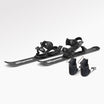






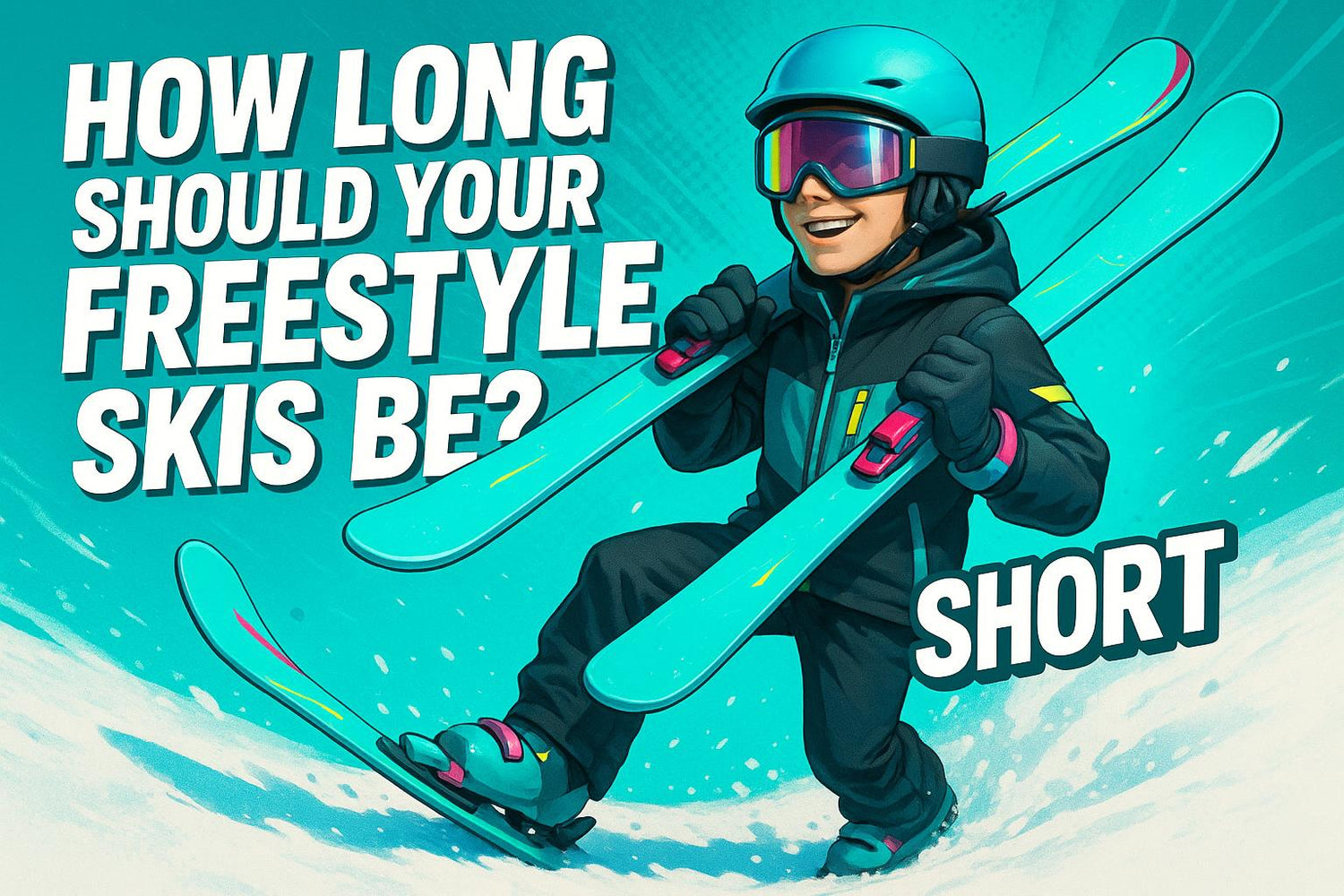
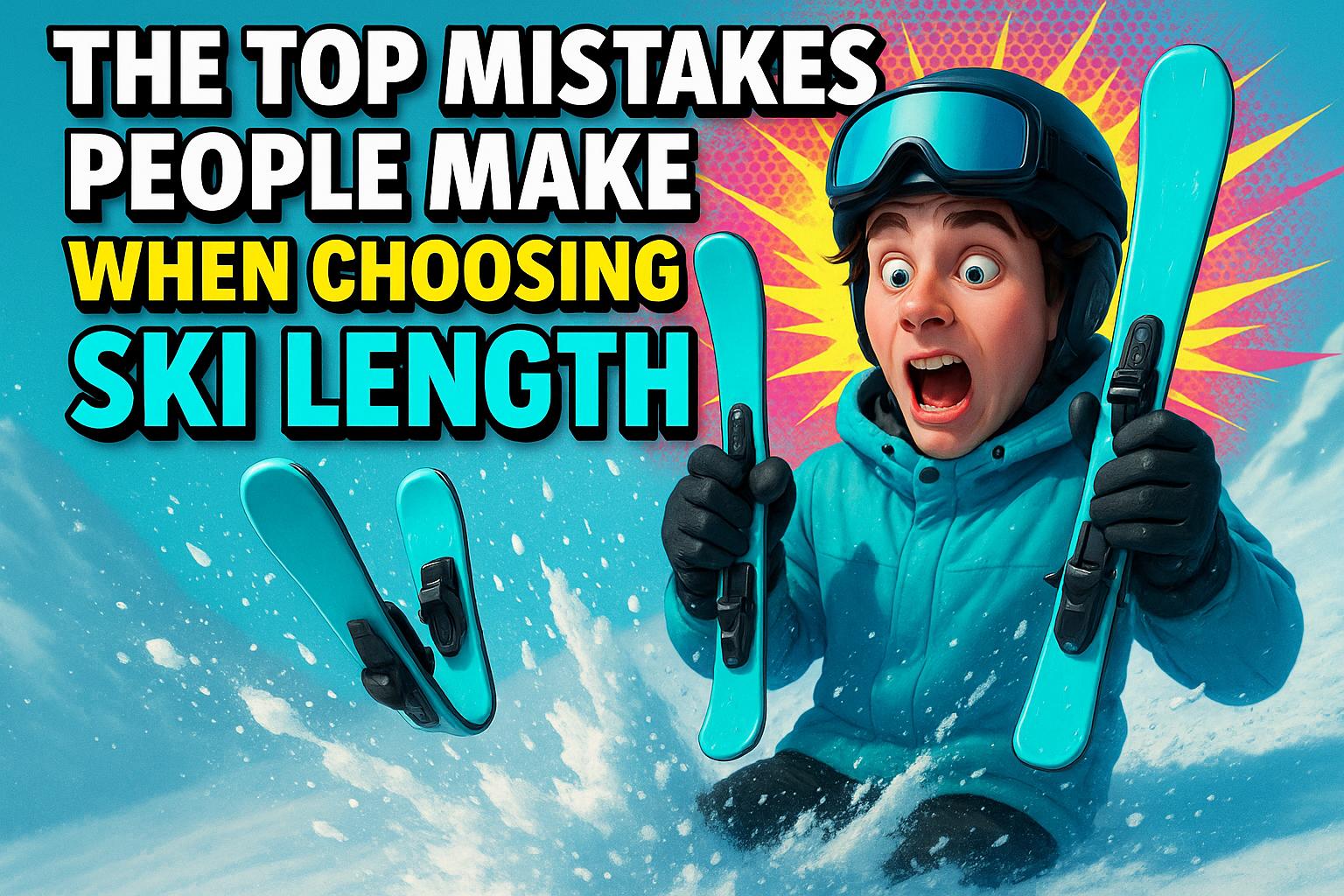
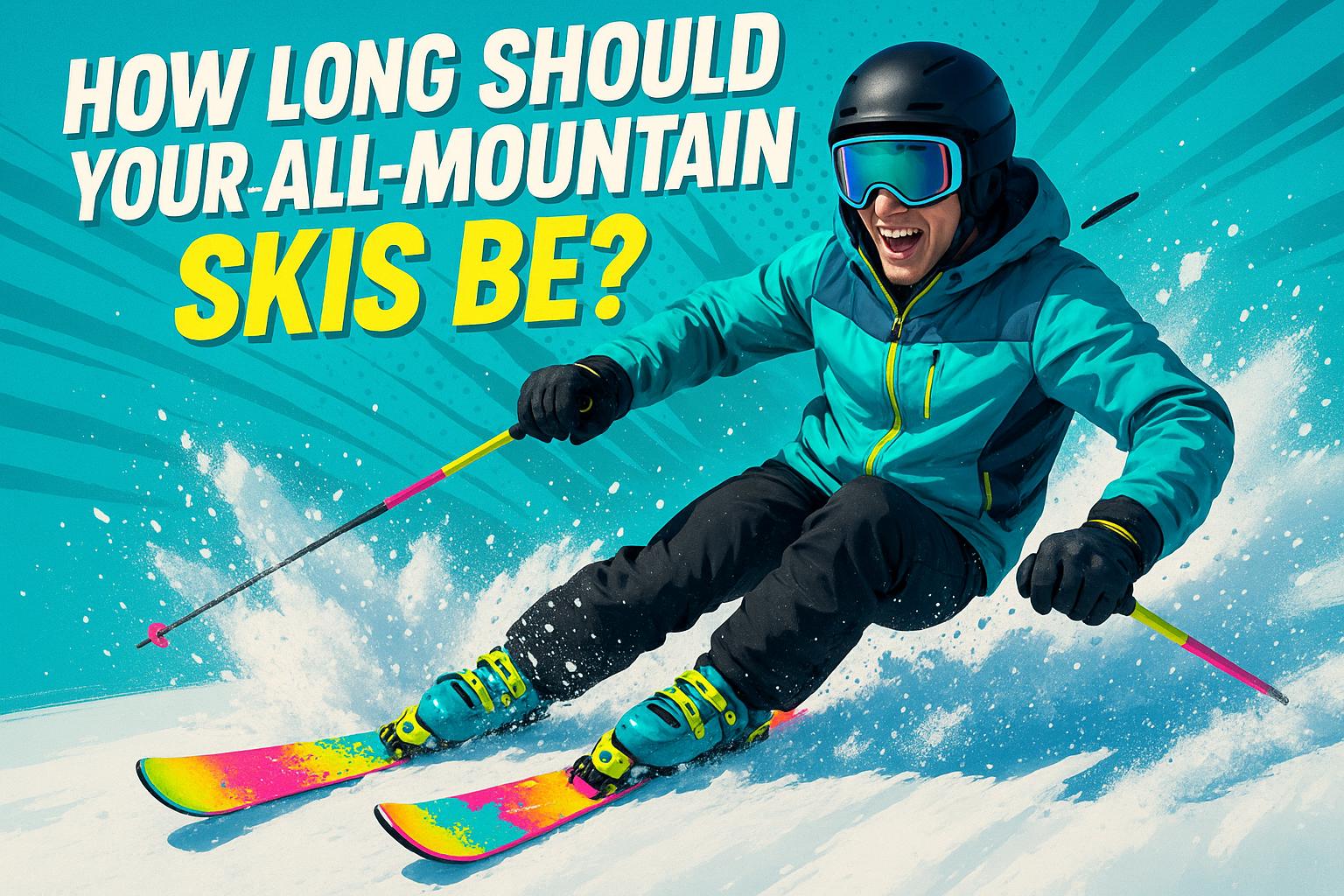










コメントを残す
このサイトはhCaptchaによって保護されており、hCaptchaプライバシーポリシーおよび利用規約が適用されます。